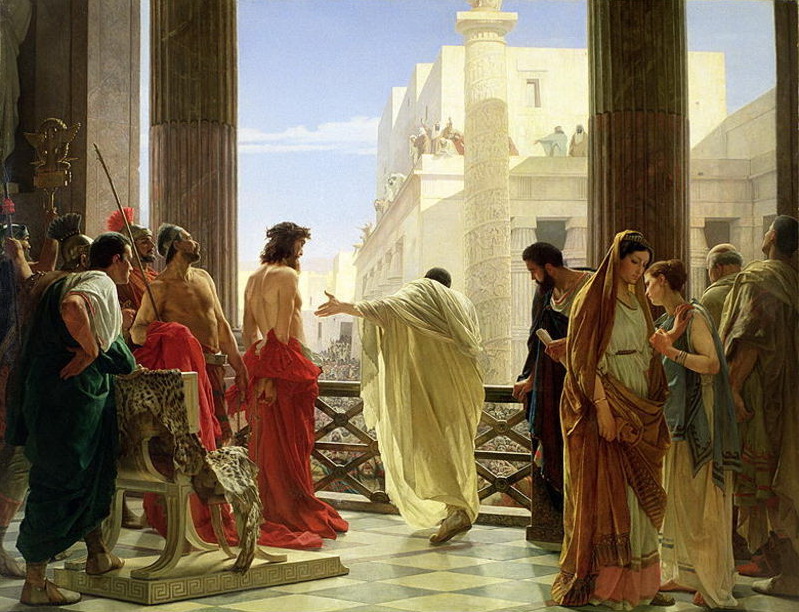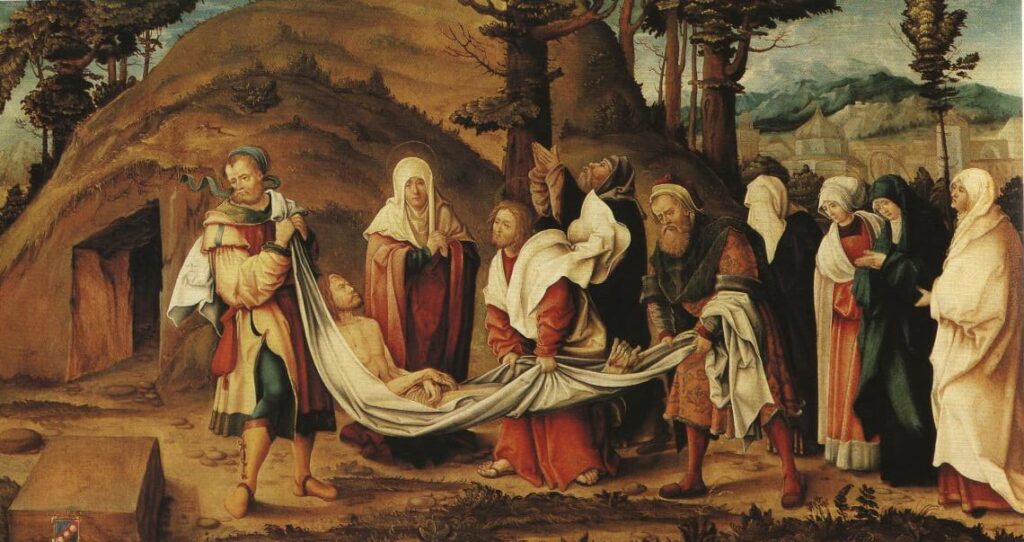Easter is primarily known as a Christian celebration that honors the resurrection of Jesus Christ. However, not every Easter tradition is strictly Christian.
For example, children enjoy the Easter bunny while hunting for colored eggs. How exactly did the eggs become part of the tradition?
It has a lot to do with the pagan roots of Easter.

Easter — Long Before Jesus Christ Was Born
The Easter tradition started long before Jesus Christ existed. Back then, Easter didn’t really have a name.
However, the theme around it was the same: Resurrection. All stories centered on Easter follow the principles of coming back to life.
The Sun
In the ancient world, the death of the sun on the constellation of the Southern Cross was a common story. The Southern Cross refers to the group of stars in the Crux, a southern sky constellation. In this case, the sun experiences a rebirth by overcoming darkness.
However, it wasn’t the only story of resurrection in the ancient world.
Inanna
Inanna was the Sumerian goddess of love, sensuality, fertility, and procreation. She was revered and loved. One day, she was called to the Underworld.
Depending on what version you’ve read, the reasons for the summons vary — she was invited to attend her brother-in-law’s funeral (the Underworld was ruled by her sister Ereshkigal). Or, to rescue a dead lover.
Upon the Underworld, Inanna was made to enter seven gates. They stripped a part of her clothing and accessories at every gate. She arrived naked at the final gate, where she was adjudged guilty of refusing to honor a greater power. She was killed and hung naked.
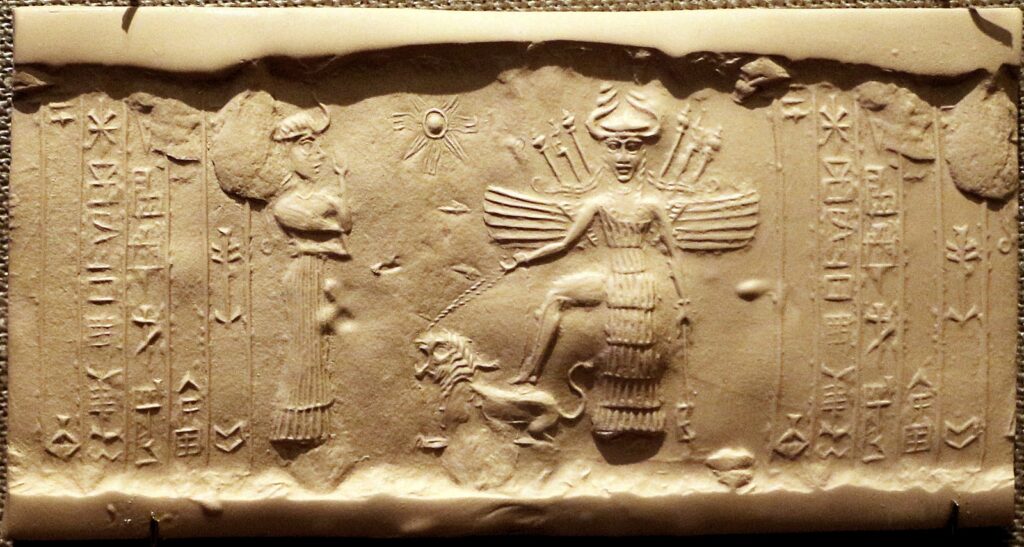
After three days and three nights, Inanna was resurrected.
Horus was one of the most important gods in ancient Egypt and was attributed with many names, interpretations, and functions. In fact, Horus was often depicted as a falcon with the sun (morning star) and moon (evening star) for eyes.
Most Ancient Egyptians believed that Horus was the embodiment of pharaohs. When a pharaoh died, Horus incarnates into another pharaoh.
Some people believe that the story of Jesus Christ was a retelling of Horus’ story. However, ancient texts that refer to Horus’ myth don’t support the theories.
Dionysus
In ancient Greece, Dionysus was the god of wine-making, vegetation, fertility, and festivity, among others. In Greek mythology, he was the son of Zeus through Persephone, Zeus’ own daughter. Hera, Zeus’ sister and lover, was displeased and ordered the death of Dionysus.
Athena, one of Zeus’ dozens of children, saved Dionysus’ heart, which was then used to resurrect him.
Mithra
Another god that has a death-and-resurrection story similar to Jesus’s is Mithra. He was the Persian god of the sun and justice. Mithra was often worshipped as the patron of loyalty, but this practice declined when Christianity became popular.
Some also believed that Jesus Christ’s story was simply a retelling of Mithra’s story — he, too, was born on December 25 and was resurrected from the dead. Those who believed in Mithra were part of the Mithraism religion, which was called a pagan cult as Christianity spread.
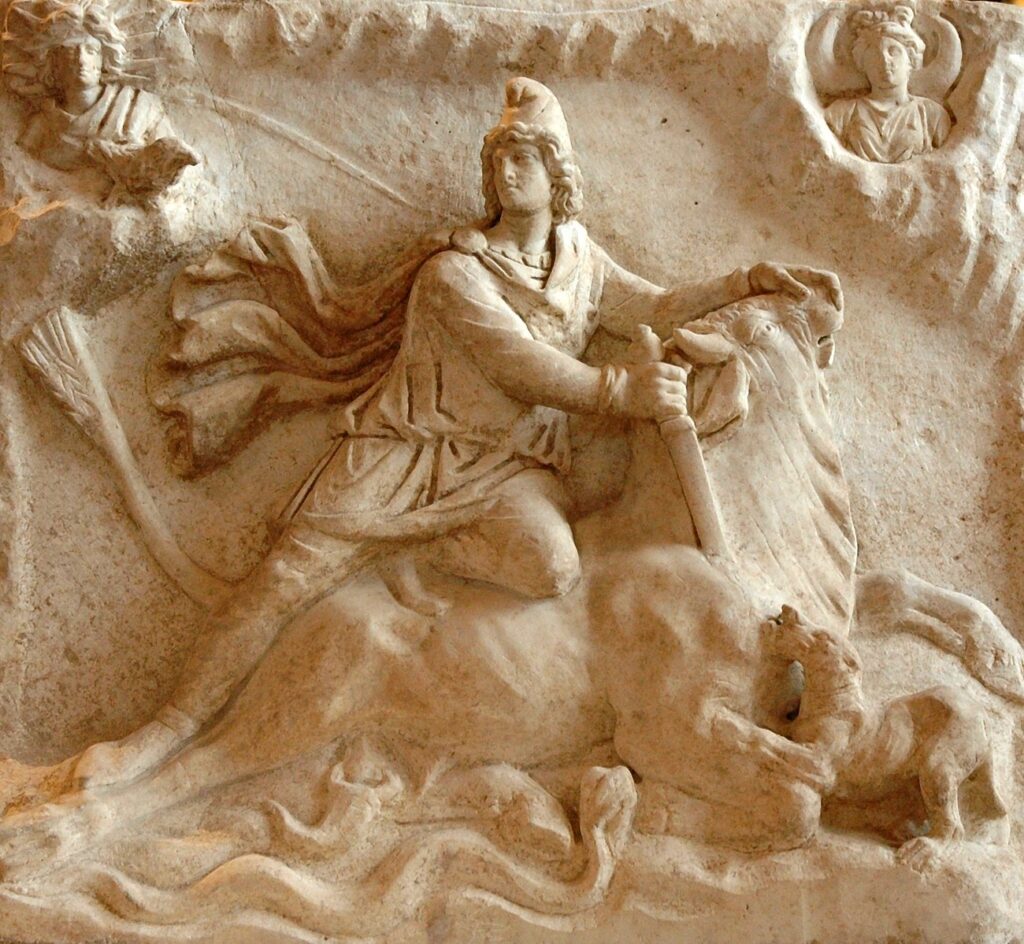
So, Which Ancient God is the Inspiration Behind Easter?
As many of these deities rose from the dead, non-Christians often argue that Jesus’ story was a mere copy of their god’s story.
But which god had the original story? It’s a question with no clear answer.
But we do know that these believers from ancient myths celebrated their deities, particularly those who rose from the dead, during spring. There is no fixed date but based on the season, we can deduce it was exactly when Easter is celebrated.
In a way, the tradition of basing a celebration on the season or the natural cycle rather than having a fixed date is also a very pagan thing.
Easter, as we know, always falls on a Sunday after the first full moon following the spring equinox.
What Do the Bunny, Eggs, and Chocolates Have to do With Easter?
The Easter bunny, Easter eggs, and chocolates all have pagan roots.
While it’s the bunny that is popular in the U.S., it actually started out as a hare in Europe. For those who are unaware of the difference, a hare has longer ears and hind legs and is generally bigger than a rabbit. Bunny is the colloquial term for rabbit.
During the Neolithic Age in Europe, hares were buried alongside humans because they represented rebirth. During the reign of Julius Caesar, hares were not eaten because of their religious importance.
Hares representing rebirth wasn’t plucked out of thin air. Rabbits and hares usually represent sexual energy and fertility. Hares can be so fertile that they can even get pregnant while pregnant.
So, it was in Germany when the Easter and hare connection was made. According to historical accounts, the tradition became popular in America in the 1700s when German immigrants settled in Pennsylvania, bringing their egg-laying hare tradition with them. The tradition was known as Osterhase or Oschter Haws.
It’s hard to determine the exact origin of Osterhase, but one story tells of a poor woman who decorated eggs and hid them around the garden for her children to find. As the children found the eggs, they also saw a hare hop away. They thought that the eggs came from the hare.
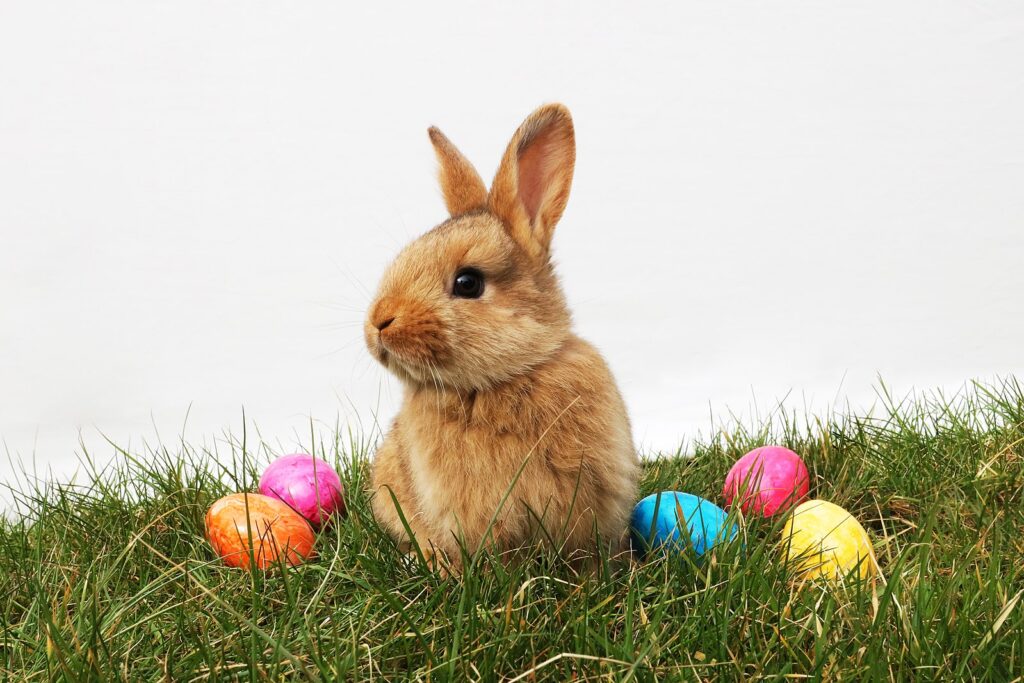
Easter Eggs
Incidentally, eggs are also symbols of fertility and life and have been often used in many pagan celebrations of new life. Christians adapted the symbol because Jesus’ resurrection also represents new life.
Before the Easter bunny, Christians were already decorating eggs. In the 13th century, the Church was reportedly strict with its practices during Lent, and eggs were among the food items that Christians could not eat.
So, Christians would often decorate the eggs and wait until Easter to eat them.
How Did Eggs Become Chocolates?
France and Germany started making chocolate Easter eggs in the 19th century. It was a natural evolution because while hunting for Easter eggs is fun, children would rather eat chocolates.
And that’s how Easter found a new tradition, which included the deluge of chocolates during the celebration.
More Easter Traditions Around the Globe
Easter bunnies, eggs, and chocolates are largely Western traditions. All around the world, Easter is celebrated in many different ways.
The Pope holds a mass in Vatican City, processions are organized in Mexico, crucifixion is reenacted in the Philippines, and Easter trees are decorated with tobacco in Papua New Guinea.
Other countries have their unique take on the tradition, but most have already embraced the bunny, colorful eggs, and, most especially, the chocolates.
